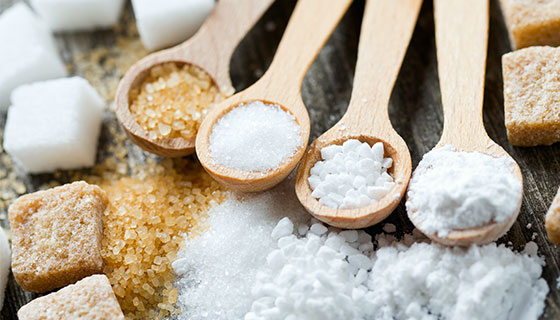In the United States, the FDA requires that food labels list total sugars, which include naturally occurring sweeteners like sugar in dairy, whole fruits and vegetables, as well as those added during processing or at the table. Added sugars can also be found in syrups, honey and other concentrated fruit juices, candy, desserts, soda and other processed savory foods like peanut butter, spaghetti sauce and crackers. Typically, adding sugars to your diet increases your calories, which can lead to weight gain and higher blood pressure and cholesterol over time.
While excess sugar is well known for its role in obesity, it may surprise some to learn that it also promotes inflammation and oxidative stress, which are both associated with heart disease. In fact, a recent prospective cohort study found that people who got between 17 and 21% of their calories from added sugar had a 38% greater risk of dying from cardiovascular disease (CVD) compared to those who consumed less than 8% of their calories from sugars.
It’s not just sugar that’s dangerous, either — salt is another common culprit. Medical experts worry that consuming too much sodium, which can raise blood pressure, could increase your risk of heart disease. But reducing your salt intake can be challenging, especially since it’s hard to avoid in the modern food supply, says internist Dr. Arash Tirandaz, who serves on the medical staff at Texas Health Presbyterian Hospital Plano. He told the August Prime of Your Life Women’s Health Series that he tells patients to limit their intake of salty snacks, rich desserts and comfort food.









